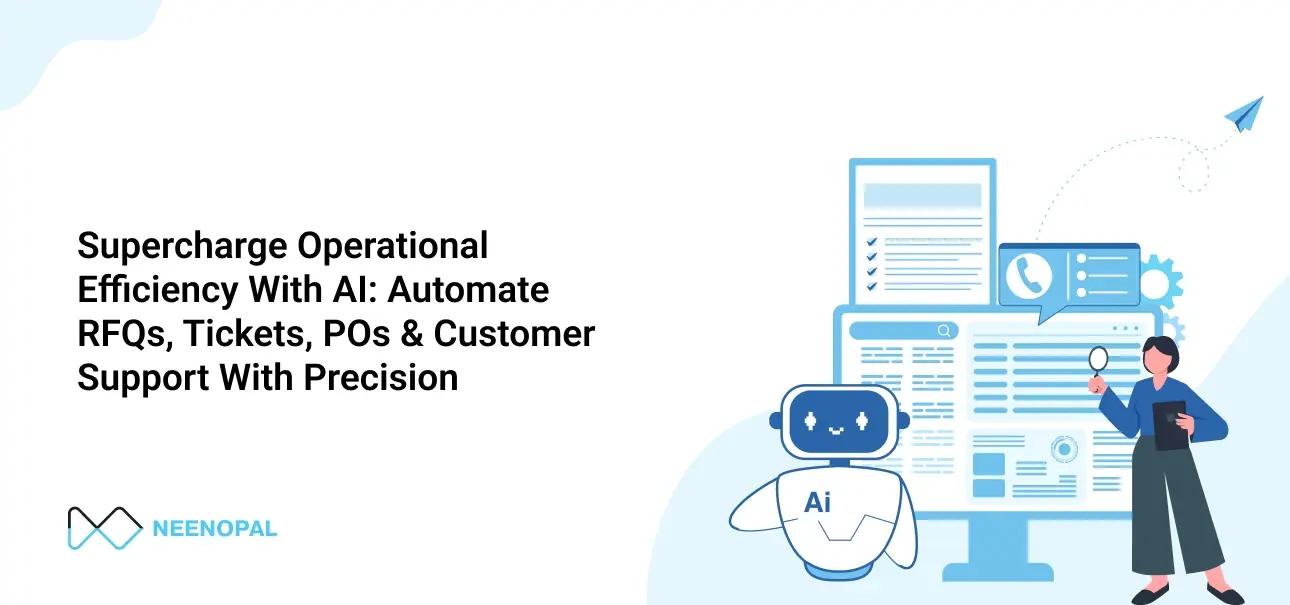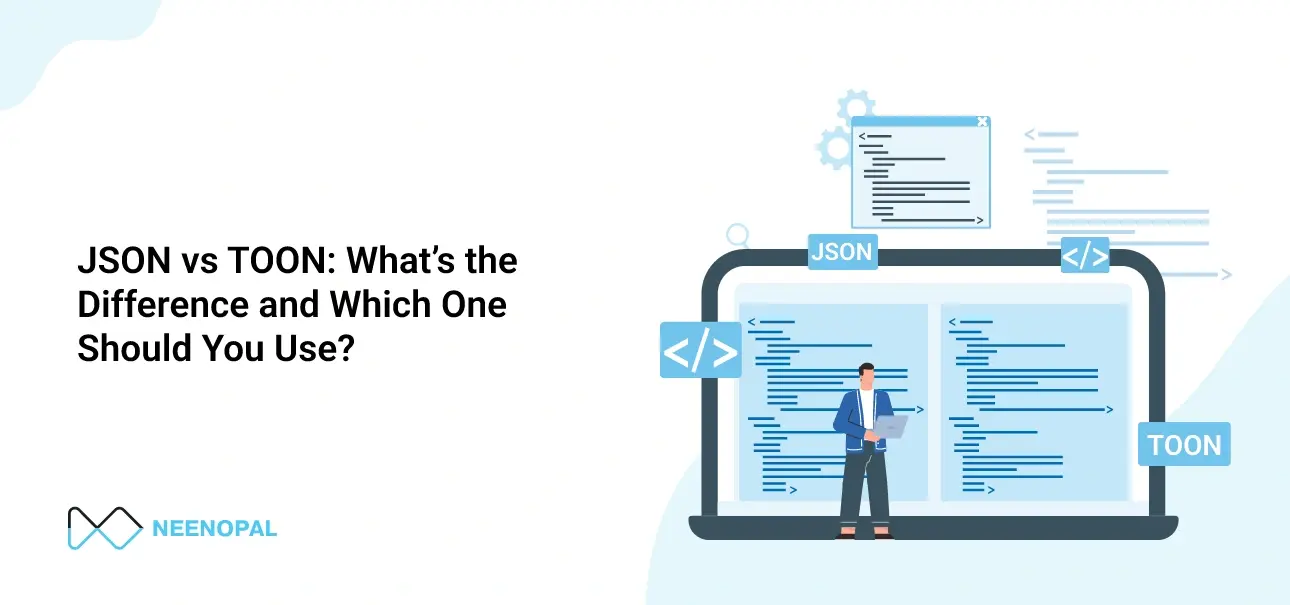Learn all about how agile, on-demand talent in is the future, its benefits and how companies should strategize to derive maximum value out of this trend
A major sign of true economic development is the availability and accessibility of resources when and where it is needed. This pertains not only to the finished products or services provided by a company but also the raw materials required. Of late, this has started to apply to human resources too. Gone are the days when a company would hire people for its static, self-contained workforce.
Workplaces are shifting from an institution-bound, inward-fed talent pool to a mutable, on-demand one. This is quite evident from the rise in freelancing, contractual work, and consultancy services. While this gig economy structure was long coming in the corporate world, it was rushed by the onslaught of the corona pandemic. The need for quarantine pushed workers into their homes. But the economy waits for none. So, companies rushed to adapt. They quickly adopted the agile workforce culture and were pleasantly surprised by its profitability and viability. Needless to say, workplaces would not give up their agility even after the COVID-19 crisis is resolved.
What is Agile Talent?
There was a time when agility referred mostly to technology - rent a tech you need, use it as long as you want and let it go once its purpose is over. But nowadays, this has started to apply to the workforce too. Freelancing, outsourcing, contractual working, consultancy, service-for-hire, etc. are all different forms of agile talent utilization. In other words, agile talent refers to any worker who is not in for the long haul. They work for the company on a contract, period, or project basis.
The company will not own the talent. They may keep hiring the worker, but each instance would be independent of the others. A worker would be hired because of their expertise in that field of work, their knowledge of or proximity to the location, or their lower price or faster performance. The workforce thus keeps changing entirely or partially depending on how much of it is made agile.
How has Globalization and Technology Promoted On-Demand Talent?
One of the big contributions to the advancement of technology is globalization. People are no longer having limited to the local pool when looking for resources, material, or humans. They have access to the entire global receptacle. This means more options, better quality, and the luxury to choose your worker every time. All a person needs is a suitable device and a good Internet connection. Voila! They are able to log in to the global talent marketplace to hire suitable workers.
It is not just the constraint of location that is removed but of time too. Say, a company is providing a product to a person located thousands of miles away and there is a complaint that requires an immediate hands-on solution. It would be impractical to send a person over from the office location. So how is this issue solved? By maintaining an on-demand workforce at the locations the company serves, to be called upon when required.
What Advantage Does a Remote, On-Demand Talent Strategy Give?
The most obvious advantage of agile talent is a reduction in fixed costs. An agile workforce cuts down on the required physical office area, so rent goes down. Income-wise, there is space for bargaining and picking. Plus, even if you can negotiate the price of a task with a permanent worker, there will still be certain payments you cannot avoid, like pension, gratuity, insurance, etc. With outsourced workers, you will be exempted from these. They also bring at least some of the work tools themselves, so that is another expense saved.
While agile talent is not overwhelmingly cheaper, it has more perks. You get the flexibility to choose your worker based on their field of experience & expertise. Consequently, this promises faster delivery of work, especially if that was a factor for hiring. Agile talent promises greater innovation, due to the introduction of competition in a much larger arena. This especially comes handy in data analytics. On-site outsourced workers can better notice and analyze local trends and anomalies than a person in a faraway office disconnected from the local consumer base.
Agile Talent for Expertise in Data Analytics?
Advancements in data analytics is set to revolutionize every industry and business. Because of advent in digitization, every company generates huge amount of data – internal process data, employee performance data, sales & inventory data, customer behaviour data, etc. However, this data in raw form is not useful – powerful business insights can be drawn only if the data is integrated and analysed. This needs expertise and past-experience. Agile talent provides companies a great opportunity to seek such expertise ‘on-demand’ rather than developing an inhouse analytics team. Sometimes, even companies which have an inhouse data analytics center also hire on-demand talent on a need basis, for additional expertise. It has shown to greatly benefit companies to hire such on-demand talent for data analytics.
How do the Workers in an Agile Workforce Benefit?
It might sound ruthless and selfish to have a worker only as long as you need and let them go once that need is over, never taking any responsibility for their development. However, it is more efficient and beneficial to the workers too. A whopping 98% of remote workers surveyed in a study wanted permanently remote workplaces. The thing is, a remote, agile workplace is more inclusive, accessible, flexible, and discrimination-free. A person who takes a break for any reason has a better chance of bouncing back into the professional world if they work as contractual workers, without being questioned or prejudiced against. In many cases, they do not even have to stop working entirely if they can balance work with their own needs. They have the freedom to choose the amount, time, duration, and responsibility level of the work they take on.
How to Overcome the Hurdles in Shifting to an Agile Workplace?
An agile workplace, though arguably better, is still a new concept. This means inevitable mistakes and challenges as a shift is made from an entirely organization-bound workforce to a balanced one. The apprehension of losing business because you hired the wrong person will be there.
But you can move towards a more efficient hiring mechanism by ensuring the following:
- Define the job description precisely, concisely, and completely. Make it sound exactly as it is so that the prospective hiree has no doubt about their role. • Use an unbiased algorithm to filter through the prospective workers. Allowing a human to make the choice will only introduce undue prejudice and errors of judgment, potentially disregarding the priority of talent.
- Do not hire blindly. See reviews, ask for references, and make provisions for hirees to take a test or submit a sample to ensure the required quality and style of work.
- Establishing an operational pipeline that is not open to interpretation is equally important during the work process. A remote work relationship will mean that you cannot exert the kind of control you have over an office worker.
So, you must ensure that the expected results are delivered in the following ways:
- Set up a working timeline with clear-cut goals and a constant report-feedback process.
- Remote workers do not have the same obligations as your permanent ones. They are their entity and they must be treated as equal insiders rather than hired hands.
- Maintain a clear conversation. Communicate regarding cultural differences, time zone gaps, vacations, religious and social engagements, and any other requirements.
- Balance the office and remote workforce so that neither feels undermined by the other.
Concluding Remark:
Now, as much as we sing praises for agile talent, one thing cannot be denied. It is impossible to convert the entire workforce to a remote, on-demand one. Top administrative, financial, and operational positions cannot be outsourced - long-term workers who know the company inside out are necessary for these posts for the stable management and smooth running of the company. But free-standing tasks, especially in a company working on foreign turf or expanding their realm, can be accomplished with far better results, less time and lower cost when it is outsourced to a global, agile network of workers.





